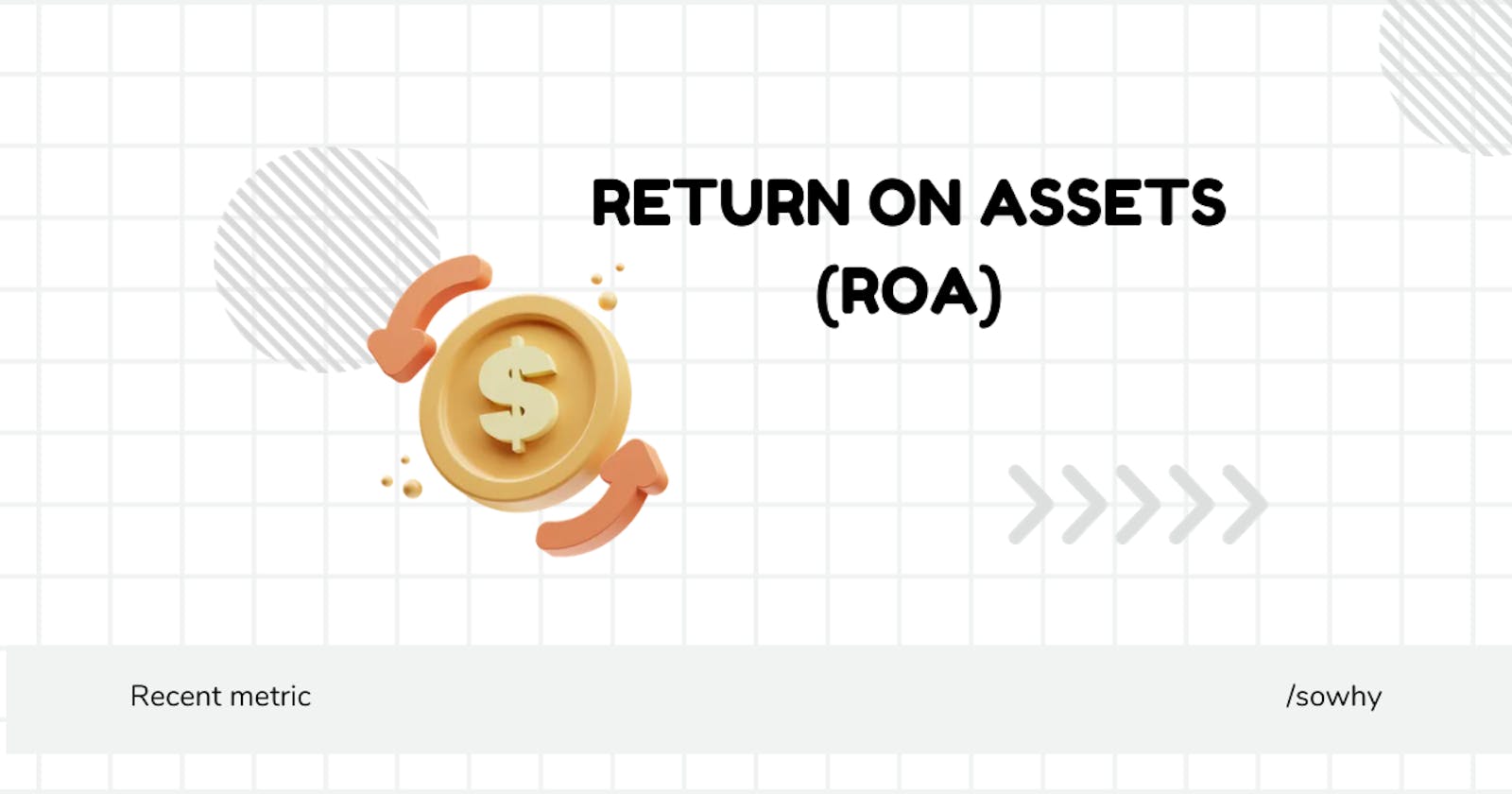Hey financial explorers! 🚀 Today, let's embark on the journey of "Return on Assets" (ROA) – the financial GPS that tells us how efficiently a company transforms its assets into profit.
Formula: $$ {ROA} = \left( \frac{\text{Net Profit Last Year}}{\text{Average Total Assets in Balance Sheet}} \right) \times 100 $$
Imagine it as a treasure map, guiding us to the hidden gems in a company's balance sheet.
Scenario: Picture this at "GreenGrowth Gardens." Last year's net profit was $500,000, and the average total assets were $2 million.
$$ {ROA} = \left( \frac{500,000}{2,000,000} \right) \times 100 = 25\% $$
So, GreenGrowth Gardens shines with a 25% ROA, signifying they're turning every dollar of assets into a quarter of sweet profit.
Parameters:
- Net Profit Last Year: The company's ultimate reward for its efforts.
- Average Total Assets: The financial garden where assets bloom and contribute to the company's success.
Things to Remember:
- Efficiency Gauge: ROA is like a company's efficiency report card – higher is generally better.
- Asset Quality Matters: The type of assets can impact ROA; higher-quality assets often lead to a healthier ratio.
- Consistency Checks: Look for trends in ROA to gauge the company's financial health over time.
Best and Worst Values:
- Best Value: A higher ROA usually indicates effective use of assets.
- Worst Value: A declining or negative ROA might signal inefficiency or financial struggles.
✨ Fun Fact: The concept of ROA has been sailing the financial seas since the mid-20th century, helping investors navigate the waves of asset efficiency!

